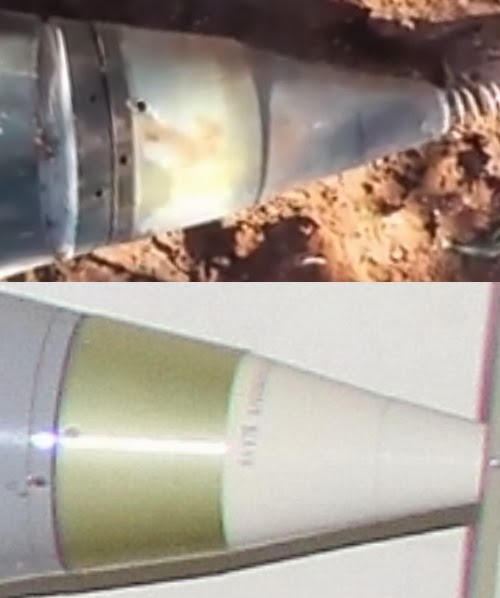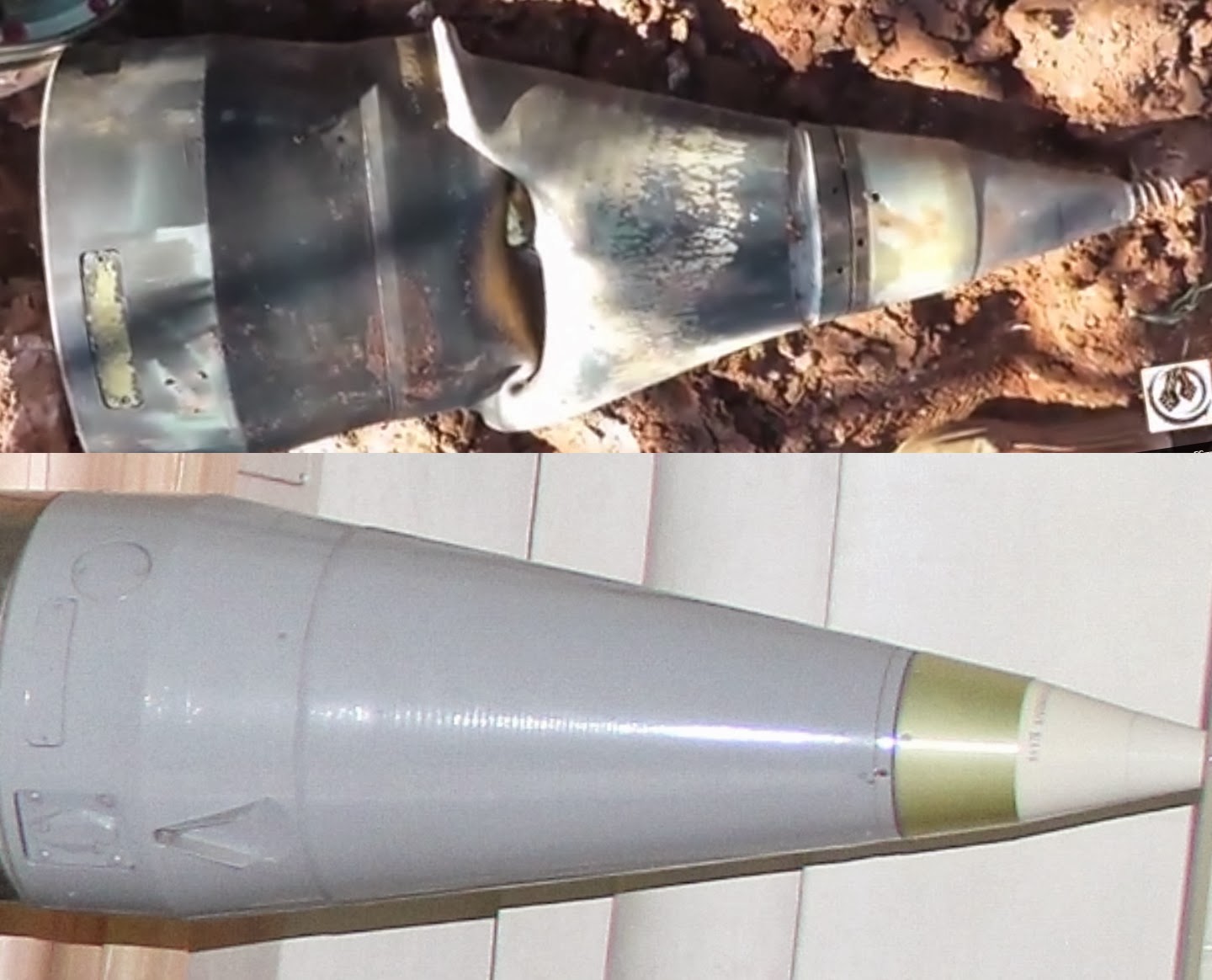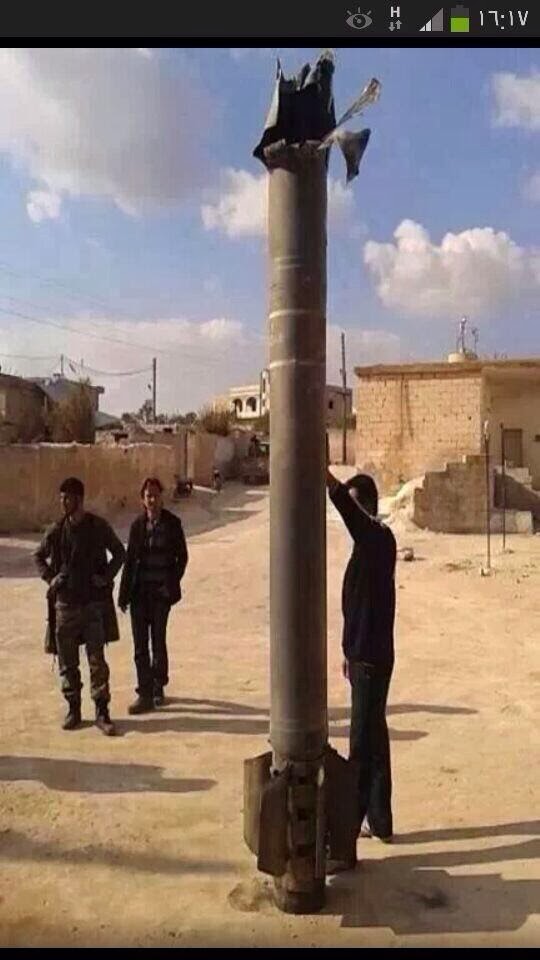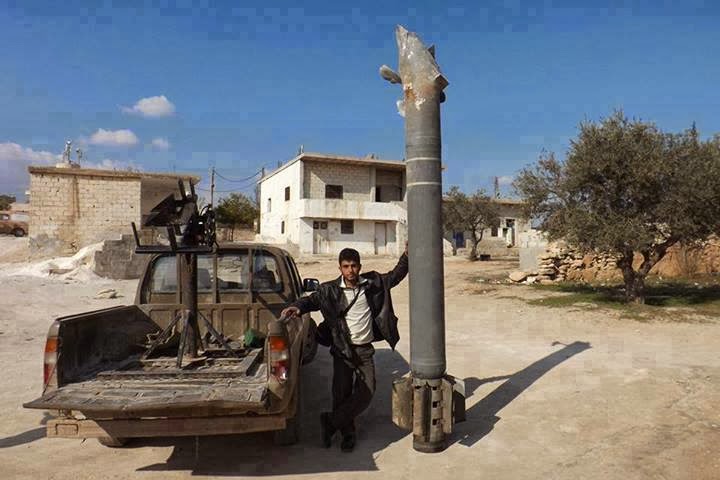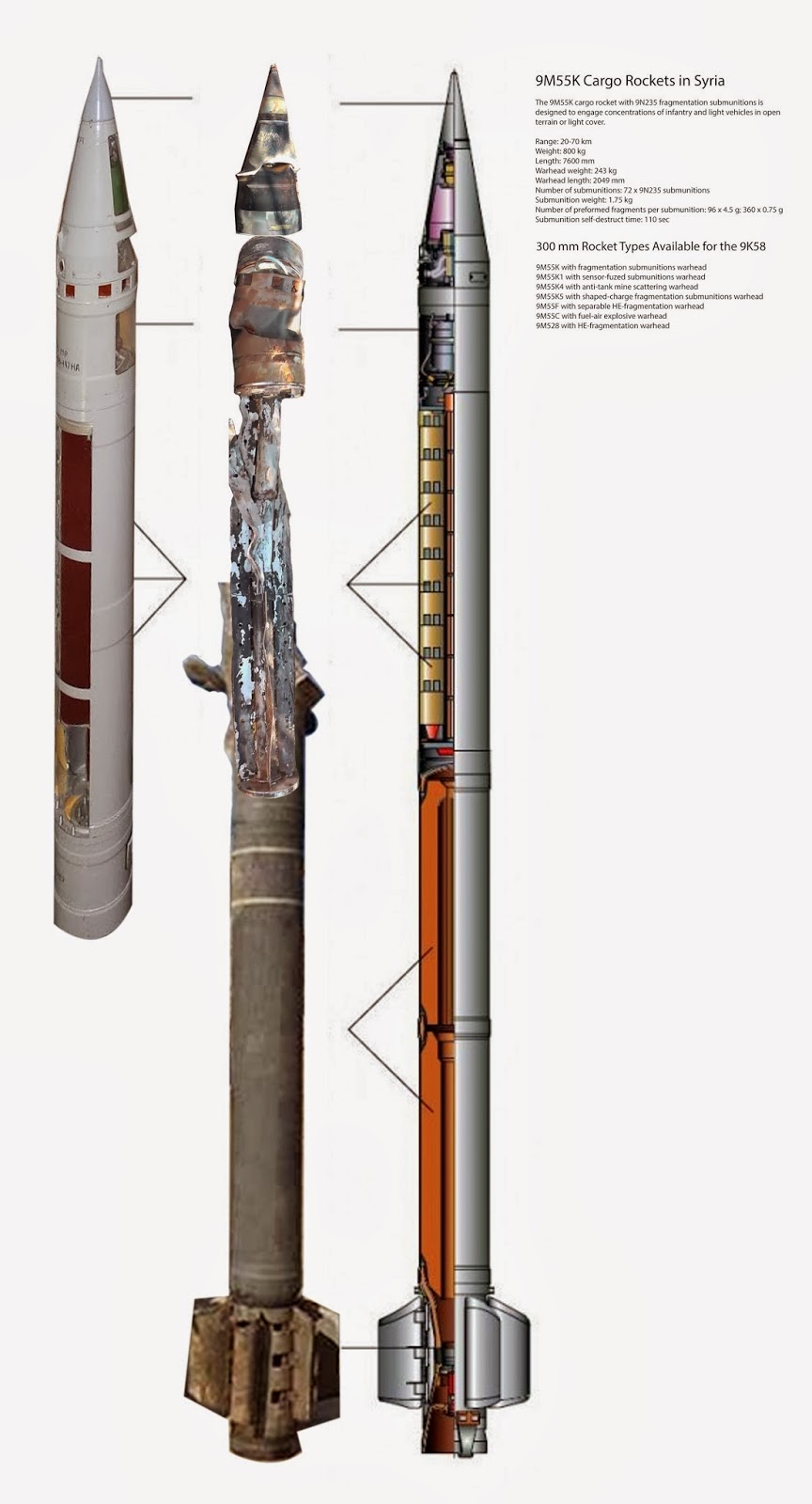The above video was posted online, with many claiming it showed Hezbollah fighters in Syria executing captured and wounded opposition fighters. In a pair of blog posts (here and here) Phillip Smyth of Jihadology.net, who has specialised in studying Shia militias involvement in the conflict, investigated the video, and discovered a variety of different online sources that confirmed that these were Shia militia in Syria, although not specifically Hezbollah as some claimed.
For me this represents two things; the increasing involvement of Shia groups with fighting inside Syria as the conflict becomes increasingly sectarian; and the way in which open source information can be used to confirm the authenticity of images, and provide related information that's incredibly useful in understand the nature of conflict.
2 - The IRAM Mystery Solved
One thing I always like to stress when talking about using open source information like YouTube videos is there's a big difference between evidence and proof. It's possible to collect plenty of evidence that supports a theory, but finding proof that theory is correct can be a different matter.
There's one munition that was something of a mystery, first spotted in October 2012. These munitions, which at the time were called IRAMs (Improved Rocket Assisted Munitions), were 107mm artillery rockets, as used by the common Type-63 multiple rocket launcher, with the warhead replaced with a much larger warhead. Whenever they appeared, it was claimed they were being fired at opposition forces by government forces, but some questioned that claim due to their apparent improvised nature. I had collected a couple of dozen videos showing unexploded examples, but after nearly year I hadn't seen anything that could prove they were used by the government.
Thanks to the unique access of ANNA News to government forces, proof finally appeared on August 30th, when the below video showed IRAMs being loaded and fired by government forces (1:15)
In fact, all of a sudden there seemed to be plenty of the proof I had been looking for appearing online. Aside from the above video, opposition forces captured the munitions at Khanasser near Aleppo, and the Syrian National Defence Force posted a video on their YouTube channel showing one in action. Eventually I was even able to find out the name for the munitions, "Volcanoes", which as the next video demonstrates started another mystery.
1 - Everyone's Favourite Volcano
As anyone who is even vaguely familiar with this blog will know, I've spent a lot of time looking at the August 21st Sarin attack, in particular the munitions used, which shares the name "Volcano" with the IRAM type munition described above. This was another example of having evidence, but not proof, that the government was using them, until one video was posted online by the Syrian National Defence Force
This video shows the same family of munitions linked to the August 21st Sarin attack being loaded into a single barrel launcher. Continued investigation after the August 21st attack has uncovered evidence that's there's two different types of launchers, and two different sizes, this single barrel launcher firing the larger size. The smaller twin-barrel launcher is seen at the start of this video of government forces filmed by Al Mayadeen TV, matching the type filmed repeatedly at Mezzeh airbase back in December 2012.
What's interesting about the above video posted by the NDF is how that particular video spread among different groups. This video from the Damascus based SAMA TV shows the munition in action, a Facebook post (now deleted) about the munitions on a pro-Hezbollah page described them as "The pride of Lebanese industry", a Iraqi Shia Facebook group posted a fact sheet about them, and a recent video from Hezbollah sources features the NDF video heavily. It's also interesting to note that it appears these videos from government sources only started to appear online after the threat of military action has subsided, even though there's evidence of them being used since late 2012.
There's still a lot to learn about these munitions, only recently have we had the best estimate for their range provided by Richard Lloyd and Ted Postol in the New York Times, and there's plenty more to be discovered, and it's likely that as with much of the information gathered on the munition so far, that'll be through open source information.

























